Gambling has been a taboo subject in Japanese society and, since 1907, most forms of gambling, including casinos, have been illegal. However, there are many forms of legal gambling in Japan, such as Pachinko, Lottery and certain types of sports betting. The most important game sport in Japan is probably horse racing. Here it is a realistic issue, with the focus more on betting than on the ornaments of the “sport of kings” that horse racing tends to enjoy in other countries.
Aspiring winners can even attend classes on how to bet on races. Kyoutei is the extreme side of the Nihon bookmaker, as it involves motorboat racing. The six participating boats must run around two buoys, over a total distance of 300 m. It should be noted that, since the beginning of this competition, men and women have competed together in teams.
Like Keirin, Kyoutei has also started to gain a following in neighboring Korea. It is not discussed here, but we are concerned about the relationship between problematic gambling and suicide, which in Japan has a particular historical, literary and sociological tradition that puts players at special risk. However, little research has been done on the relationship between regional characteristics and gambling addiction. Participants in the car races had higher SOGS scores regardless of the number of game types they participated in.
Keirin is a type of bicycle race and was an exclusively Japanese form of play until the recent opening of the Keirin velodromes in Korea. In particular, there is little about how gambling problems are stigmatized differently from other countries or how cultural values and beliefs have influenced treatment. Gamblers Anonymous (GA), the self-help group for problem players, started in the United States, but has adapted to meet Japanese needs. Most forms of gambling in Japan are generally prohibited by Chapter 23 of the Criminal Code; however, there are several exceptions, including betting on horse racing and certain motorsports.
SOGS scores were probably higher in prefectures with smaller populations because they have fewer entertainment activities but more pachinko activities, which would also explain why SOGS scores were higher in prefectures without public gaming places. The lottery (59.89%) had few participants in other types of games, and approximately 67% of pachinko players participated in other forms of gambling. In this context, the number of IR areas will be specifically reviewed after seven years have elapsed since the date of the first certification. Financial counseling meetings (called “pressure relief meetings”), in which players fully disclose their financial situation and work with others to design and implement debt settlement plans, are rarely organized by GA in Japan.
He teaches educational classes for family members of players in Kyoto and Osaka and for players in correctional centers in Japan. This is a key concept in the 12-step recovery program, which allows players and their families to regain a healthy life.
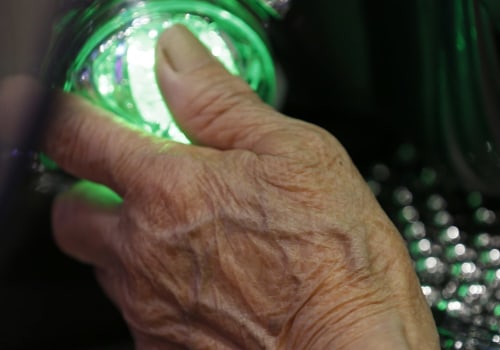
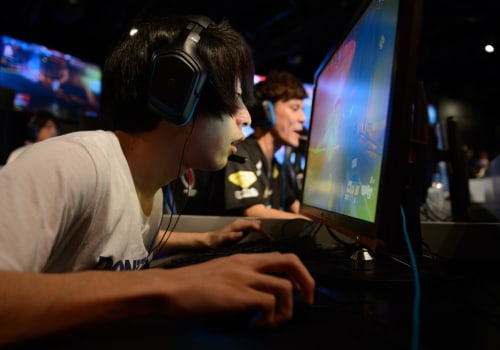
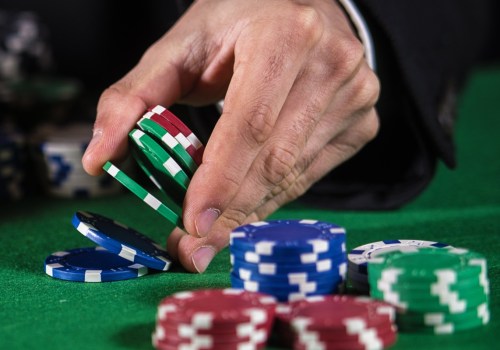
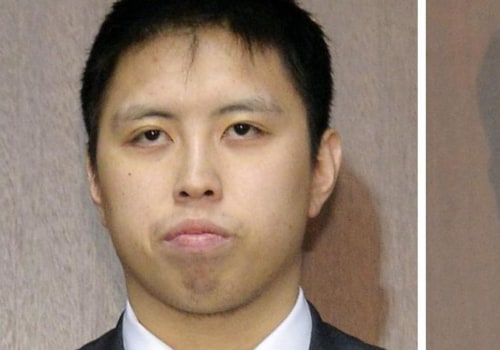

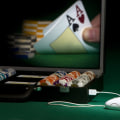
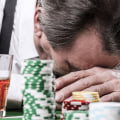
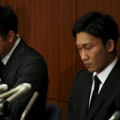
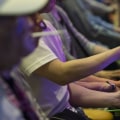
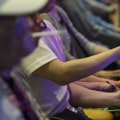

Leave Reply